In late 2019 I reviewed the Sigma 45mm F2.8 DN lens, and, while I loved the build of the lens, I concluded that it was a bit of an oddball. It was released in concert with a couple of other lenses, one being the uber-premium 35mm F1.2 DN and the other being the 24-70mm F2.8 DN ART. The design of the 45mm F2.8 was completely different than any other Sigma lens…including the other lenses it was released alongside. The optical performance was not very Sigma, either, with the emphasis being on the quality of the background blur rather than the sharpness of the lens (which I was frankly somewhat disappointed with). A year later, however, and things start to make a little more sense, as it turns out that Sigma was experimenting with a new sub-class within their Global Vision “Contemporary” line-up – the i-Series. These lenses are designed for those who love A) exceptional build and care over the tactile feel and handling of their gear B) who aren’t interested in their lenses being “clinical” but prefer beautiful, “analog” rendering rather than just sterile sharpness. Sigma is releasing two new lenses in the i-Series side by side, and both of them are beauties. One is the Sigma 35mm F2 DG DN that we are looking at today, and the other is the Sigma 65mm F2 DG DN that we will cover shortly. These lenses will soon be joined by a fourth lens in the series – the Sigma 24mm F3.5 DG DN. The i35 (as we’ll call it for brevity), will very likely be the most popular of this newly announced trio.
Why? Above all because of the popularity of the focal length, but also because after spending time with the lens, I think the i35 may be the most well executed package of any of the smaller aperture 35mm lenses available on Sony FE, with a truly gorgeous build, excellent autofocus, and similarly excellent image quality.
Sigma’s marketing of the “i-Series” has three concepts, “Identity – Celebrating your uniqueness | Iconic – A fresh approach to lens design | Instinctive – Intuitive user experience”. Most of that is, frankly, marketing gobbly-gook that sounded really clever to the marketing team (the same team that brought you “Contemporary” as a lens designation) but is rather meaningless in the real world. I’m not quite sure how purchasing a camera lens marketed to the masses is “celebrating my uniqueness”, but I digress. I’ll forgive the marketing mostly because the actual lenses are beautifully crafted and a real joy to use.
As we will also see, I think that Sigma has managed to strike a nice balance between a high quality rendering along with excellent sharpness. This isn’t a cold, sterile lens, but rather one with some character despite being well corrected. I had to compress my review cycle due to scheduling, but I was able to get a lot of great images with the lens nonetheless. It excelled at everything from landscapes to portraits to general purpose shots. There are focal lengths I enjoy more than a 35mm lens; they are just so versatile.
So join me as explore the highs and lows of Sigma’s new little full frame mirrorless prime. If you prefer to watch reviews, you can choose either the long-format definitive review or the shorter standard review.
Follow Me @ Patreon | My Newsletter | Instagram | Facebook | Twitter | Flickr | 500px
Sigma i35 Build, Design and Handling
This is the second compact 35mm lens for Sony FE I’ve looked at in the last couple of months, and I loved the Samyang AF 35mm F1.8 and gave it high marks in my recent review. While the Samyang has some great features and is very compact and light, the Sigma is head and shoulders above in terms of build. The Sigma engineers have done a beautiful job in crafting the little Sigma i35 (and other lenses in the series).
What strikes me as odd here (as it did with the 45mm F2.8) is that Sigma has chosen to position the i-Series lenses under the Global Vision division of “Contemporary”. Typically the lenses branded Contemporary carry Sigma’s lowest level of build, with Sport lenses given the most robust while Art lenses land in the middle. The build of the i-Series, however, is arguably nicer than that of the ART series, and every bit as nice as the Sport lenses (though designed for different purposes). In many ways these i-Series lenses remind me of two things: 1) classic lenses like the SMC Takumar lenses (which I own about 5 of), and part of why I love them is their beautiful timeless construction that is all metal and glass – and – 2) cine lenses where the aperture and focus rings are raised rather than flush with the barrel and have wider, deeper ribs that accommodate gearing (something that cinematographers often do but stills photographers almost never do). We’ve got a similar design element in the i-Series.
Forget engineered plastics; the Sigma i35 is made all of metal alloys, with even the hood made of metal. The lens hood itself is a beautifully crafted piece with a great tactile feel to the metal and ribbing, and it has an added practical value that there is plenty of grip friction due to the ribbing that makes it easy to remove.
I also appreciate that the hood doesn’t looked “tacked on”. To me the lens looks completed with the lens hood in place, largely because the design language of the lens carries on into the lens hood. There’s a nice “flow” to the design.
Sigma has adopted the inclusion of an aperture ring on many of their DN series lenses (DN indicates that the lenses is designed specifically for mirrorless, while DG designates that the lens is designed for full frame cameras). It works just like Sony G Master lenses where one has the option of selecting A (Automatic) and controlling aperture from within the camera like most lenses, but then one can also manually select aperture in one-third stop detents. There is a nice extra bit of friction between the A position and the manual section which will help avoid any inadvertent bumping between the two choices. The aperture ring (like everything on the lens) is beautifully engineered, and has very precise, definite movement and feel for each of the detents. Some people question the necessity of an aperture ring (particularly one that cannot be declicked for video aperture racking), but I can say for myself that I personally strongly prefer to have an aperture ring even for stills. I find it helps me to be more intentional about the use of aperture and plan in advance for what aperture will best suit my shot.
Another solid addition is the AF/MF switch on the side of the barrel. This is something that many mirrorless lenses lack, but I still find an actual physical switch the quickest and easiest way to move between autofocus and manual focus. Sigma made a design change from the 45mm to the newer i-Series lenses by repositioning the switch to a transverse position that fits better between the mount and the raised section where the aperture ring sits. This allows for a larger switch that feels better to use and the position also means that it is less likely to be moved inadvertently.
There is also a manual focus ring. The focus ring, like the aperture ring, is a “by-wire” system, meaning that input on either the focus ring or the aperture ring is electronically communicated rather than through a direct mechanical coupling. This means that input on the focus ring or the aperture ring will not create any physical changes unless the lens is attached to a camera and powered on. The focus ring has a nice feel to it, and Sigma has done a good job emulating traditional manual focus. My one minor complaint is that the nature of the protruding focus ring and lens hood and their close placement means that one doesn’t have a lot of room to grab the focus ring without encountering the lens hood. A little more spacing between the two would have been nice.
A change made to the i-Series since the 45mm is that Sigma is leveraging the all-metal construction to give consumers an option when it comes to the front lens cap. There is a traditional pinch-style plastic lens cap included, but the lens also ships with a magnetic cap that pops easily into place. I find that it works better if you are using the lens without the hood, as reaching in to dislodge it with the hood fixed is a bit difficult. They are also selling an inexpensive lanyard that clips onto a strap or backpack and gives you a place to magnetically attach the lens cap when not using it. With both pieces in play, it becomes a quick, easy process to pop the magnetic cap on and off and attach it to the lanyard holder. Perhaps not for everyone, but the fact that Sigma has included the two caps does give you as a consumer a choice. I like choice!
The i35 is a compact 2.8 x 2.7″ / 70 x 67.4 mm (DxL) and weighs 11.5 oz / 325 g. This makes it slightly larger than the Samyang 35mm F1.8 (2.6 x 2.5″ / 65 x 63.5 mm) and a bit wider but shorter than the Sony 35mm F1.8 (2.58 x 2.87″ / 65.6 x 73 mm). Unsurprisingly the all metal construction of the Sigma makes it heavier than either the Samyang (7.4 oz / 210 g) or Sony (9.9 oz / 281 g), though the difference between the Sigma and Sony lenses isn’t meaningful enough to make a difference. The Samyang will be the lens of choice if you want to go lighter (and cheaper), but there’s no question that the Sigma i35 provides (by far) the nicest degree of build.
The Sigma i35 sports a 58mm filter thread up front (all in metal, of course!); a nice, common, inexpensive filter size.
The lens does have a weather sealing gasket, though there are no other internal seals in the lens.
There are nine rounded aperture blades that help to maintain a circular shape as the aperture is stopped down. Here’s a look at F2, F2.8, and F4:
The Sigma i35 can focus down to 10.6″ / 27 cm and delivers a 0.175x figure that bests the Samyang by a bit (0.17x) but lags behind the Sony (0.24x) due to that lens being able to focus 5 cm closer. Contrast is a bit low at F2 at close focus distances, but sharply improves by F2.8. Here’s a look at both plus a real world shot at MFD.
Stopping down to F2.8 dramatically improves the close focus performance.
So yes, while I think the marketing language is a little silly, the engineering reality of the i-Series is fabulous. The i35 is my favorite package of any 35mm lens that I’ve yet encountered on Sony. It is essentially a cine-style Zeiss Loxia lens with autofocus…a pretty sweet mix! It is the rare third party lens that I actually think is nicer than the first party alternative.
Sigma 35mm F2 DN Autofocus Performance
The Sigma 35mm utilizes a stepping focus motor that makes fast, quiet focus changes. If you watch the video review you can see/hear the focus motor during focus changes in video. It’s all good news, though, as the focus is quiet, focus pulls are accurate and smooth, and there is little to no hunting or settling. You can (faintly) hear a very quiet, high pitched whine during focus pulls. I used the lens for several of my video episodes and had nice, steady autofocus for my static scenes without any of the nervousness (minor focus changes and focus not settling) that plagues lenses with poorer AF systems.
Eye AF worked well for me during my tests, with good focus accuracy with a human subject in the frame:
You can also get a sense of how sharp the lens is, as this was taken at F2.
I also had accurate AF when using the i35 in an event setting (a church service), where focus locked on either the face (when too far away for Eye Detect) or the Eye when closer. All of the shots were accurately focused and nicely sharp.
Pet Eye AF also worked fine:
I also found that the lens was better than average at “intuitive focusing” (i.e. locking on the desired foreground object rather than the background) than many lenses that I test.
My general purpose accuracy was fine as well.
In fact, I have nothing negative to report on this front. Autofocus was fast and quiet. All three of the Samyang, Sony, and Sigma 35mm lenses mentioned in this review do a great job with focus; Sony shooters are spoiled with choice at this point.
Sigma i35 Image Quality
It was at this point in the Sigma 45mm F2.8 review that I stated, “It’s here where things get, well, complicated.” There were things that I really liked about the 45mm F2.8 (the build, autofocus, and bokeh), but I did not love the image quality. I just didn’t feel that it had many optical advantages over zoom lenses that covered the same focal length, most all of which were sharper at similar apertures. I’m not suffering any ambiguity with the 35mm F2, however, as while it has a slightly smaller (one-third stop less) maximum aperture, it competes strongly with most all 35mm lenses at similar aperture values (I’m told it has similar performance to the 35mm F1.4 ART at equivalent apertures, and that seems to fit with my findings). Bottom line is that few people will be disappointed by this particular optical performance.
All chart tests done with a Sony a7RIII (42Mpx) using a tripod and a two second timer.
We’ll work through the chart results by first looking at distortion and vignette. There is a mild (+2) amount of barrel distortion that corrects fairly well manually (as you can see in my results below) and will be more perfectly corrected in camera for JPEGs and Video (and eventually through a standard profile in processing software once it arrives for RAW files). More challenging is a fairly pronounced amount of vignette that will be obvious in certain images. I had to use a value near a +70 and move the midpoint slider all the way over to 0 to get a result that I liked.
That vignette won’t be apparent at all in some images, but in others (like the one below), it will be very, very obvious.
This scene also reveals that even when stopped down to F5.6 the vignette, while improved, does persist.
You’ll definitely want to correct the vignette in certain situations, and this stands out to me as the only real optical issue worth mentioning.
Though the maximum aperture of F2 isn’t huge, the i35 makes up for that by giving us a really strong optical performance at F2. Here’s a look at my chart:
And here are the crops from the center, mid-frame, and extreme corner. We see a little room for contrast improvement, but sharpness is uniformly excellent across the frame.
When I reviewed the Sigma 45mm F2.8, I very negatively compared it to the Samyang AF 45mm F1.8 (a little lens I really like!) that was obviously sharper at F1.8 than the Sigma was at F2.8. That’s definitively not the case here, as the Sigma bests either the Sony or Samyang options even if stopping them down to F2 to match the maximum aperture of the Sigma. Here’s a look at the comparisons across the the frame with the Samyang (which is a bit sharper than the Sony).
The Sigma starts with a mild advantage in the center that only grows as you move out towards the edge of the frame.
That shows us that we’ve got a great little optic going here, as I think the Samyang performance is quite good. The Sigma isn’t a paper tiger, either, delivering a good performance out in the real world:
We see a similarly impressive performance for portraits, where the detail on skin textures is very impressive even at F2:
But as good as things look so far, there is a whole other level of performance available at F2.8. Contrast suddenly pops at chromatic aberrations diminish. Look at the impressive difference in the corners:
It’s a little less dramatic in the center, but you can clearly see both higher levels of contrast along with more details rendered:
There’s a bit more in the tank if you stop down to F4 and F5.6, where landscape images are rich with detail:
Minimum aperture is F22, but diffraction really limits contrast by that point, so I wouldn’t recommend shooting at minimum aperture unless absolutely necessary.
There are a bit of uncorrected chromatic aberrations, but I had to really look for them. This high contrast scene typically shows Longitudinal CA in the high contrast areas where snow sits on the branches (middle crop) and the top right corner with bare branches will typically show Lateral CA. I see no cause for concern in either case.
One more image. You can see faint amounts of fringing on the shiny metal surfaces, and a little bit of blue/green fringing on the bokeh circles, but again, you really have to look to find them.
The bokeh from the i35 is another source of strength. I went through a mini-seminar with a Sigma engineer about the series, and they kept highlighting that at high shutter speeds you’ll see smoother bokeh with EFC (electronic front curtain shutter) disabled. That’s true with all lenses and not specific to the i-Series, however, and in most situations the difference is so mild that I suspect few photographers would bother to change the setting in their camera. And at least one new camera model (the Sony a7C) doesn’t even give you the option to disable EFC. With or without EFC, the quality of the bokeh from the lens is very nice.
Let’s start with this photo, which shows us a very nice amount of sharpness on the plane of focus and then a nice, smooth transition to defocus.
Even at its best, a 35mm lens with a maximum aperture of F2 is not going to make backgrounds just bleed away like an F1.4 lens can, but you can see from this shot that while you can make out the shape of the bridge beyond, the blur is nice and soft.
Here’s another real-world shot with a nutcracker. You see a nicely defined plane of focus and then a nice amount of defocus beyond.
This shot emphasizes the background and allows the foreground to be defocused, but once again I think the overall result is nice.
Bokeh is a subjective measure, so here’s a few more shots to allow you to determine if you like the quality of blur from the lens or not.
I also didn’t encounter any warning signs on the flare front. The lens’ coatings and optical formula seems fairly flare resistant, and the included lens hood is nice and deep.
All in all, the only misstep I can point to is the strong amount of vignette. Beyond that, however, the lens delivers a consistently excellent optical performance. You can see more by checking out the lens image gallery here.
Conclusion
It seems like we’ve had a lot of new options at the 35mm focal length come to market in the last year or so for Sony FE. We’ve seen the Sony FE 35mm F1.8 (my review here), the Sigma 35mm F1.2 DN (my review here), the Tamron 35mm F2.8 (my review here) and the Samyang AF 35mm F1.8 (my review here). These have joined existing F1.4 options from Sony, Sigma, and Samyang along with the existing Loxia 35mm F2. If you added in the various manual focus lenses from smaller lens makers, you surely have more than a dozen 35mm options available for Sony FE. So was the Sigma 35mm F2 DG DN needed? That’s a question only you can answer, but if you were looking for a premium lens that is stylish, compact, and optically excellent, then the Sigma i35 may just be the lens you’ve been waiting for. For one, I think this is a near-perfect street lens – discreet and optically brilliant in a wide variety of situations.
The amount of things you can do with a 35mm lens is near endless, and it remains perhaps my favorite “walk-around” focal length….perfect for capturing whatever you encounter…like a bulldozer, in the snow, on a foggy day:
Bet you didn’t see that one coming…
I’m delighted with the build quality, the tactile feel of the lens in use, and love the classic design that also happens to be highly functional. The autofocus is quick and accurate, and this makes for a nice little video lens as well. The only thing that Sigma could do to improve it for video work would be to create a “declick” option for the aperture ring.
Optically my only complaint is that the vignette stays a little heavy, but the lens is very sharp, controls aberrations well, and has nice bokeh. The price tag of $639 USD only slight undercuts the Sony FE 35mm F1.8, which is currently hovering around $699 USD after being discounted a bit from its MSRP of $749 USD. In this case, however, I do think the third party lens is the stronger of the two. It has a better build, equal autofocus, and is sharper at equivalent apertures and has arguably nicer bokeh. The Samyang AF 35mm F1.8 remains a nice budget alternative at $399 USD, but if you want both premium and compact, I think the Sigma 35mm F2 DG DN is the lens to buy.
Pros:
- Beautiful, feature rich construction
- Includes some weather sealing
- Beautiful rendering of defocused areas (bokeh)
- Fast, quiet autofocus
- Smooth and quiet video AF work
- Eye AF works well
- Good flare resistance
- CA is well controlled
- Good sharpness wide open
- Excellent sharpness and contrast when stopped down
Cons:
- Fairly heavy vignette at wide apertures
- Slightly smaller maximum aperture relative to competition
- Priced similarly to first party (Sony) F1.8 lens
Gear Used:
Purchase the Sigma 35mm F2 DG DN @ B&H Photo | Amazon | Camera Canada | Amazon Canada | Amazon UK | Amazon Germany | Ebay
Purchase a Sony a7C @ B&H Photo | Amazon | Camera Canada | Amazon Canada | Amazon UK | Amazon Germany | Ebay
Purchase a Sony a9M2 @ B&H Photo | Amazon | Camera Canada | Amazon Canada | Amazon UK | Amazon Germany | Ebay
Sony a9 Camera: B&H Photo | Amazon | Camera Canada | Amazon Canada | Amazon UK | Amazon Germany | Ebay
Sony a7RIV Camera: B&H Photo | Amazon | Camera Canada | Amazon Canada | Amazon UK | Amazon Germany | Ebay
Sony a7R III Camera: B&H Photo | Amazon | Camera Canada | Amazon.ca | Amazon UK | Ebay
Peak Design Slide Lite: Peak Design Store | B&H Photo | Amazon | Amazon Canada | Amazon UK
Sony a6500: B&H Photo | Amazon | Amazon.ca | Amazon UK | Ebay
Peak Design Leash Strap: Peak Design Store | B&H Photo | Amazon | Amazon Canada | Amazon UK
BenQ SW271 4K Photo Editing Monitor – B&H Photo | Amazon | Amazon.ca | Amazon UK
Adobe Photoshop Creative Cloud 1-Year Subscription
Exposure Software X5 (Use Code “dustinabbott” to get 10% anything and everything)
Visit Dustin’s Amazon Storefront and see his favorite gear

Purchasing your gear through B&H and these links helps fund this website and keeps the articles coming. You can also make a donation here if you would like. Visit my Amazon page for some of my gear of choice! Thank you for your support.
Great News! I can now offer a 5% discount on all purchases at Amplis Foto, Canada’s Leading Photographic Supplier. Please enter discount code: AMPLIS52018DA in your cart. It is good for everything in your cart, and is stackable with other coupons, too! It will take 5% off your entire order! Proceeds go towards keeping this site going and providing you with new reviews!
Check me out on: My Patreon | Sign Up for My Newsletter | Instagram | Facebook | Twitter | Flickr | 500px | Google+ |
Use Code “DUSTINHDR” to get $10 off ($15 CDN) any Skylum product: Luminar, Aurora, or AirMagic
Keywords: Sigma 35mm F2, Sigma 35 F2, i35, Sigma 35mm F2 DN, DN, DG, 35mm, F2, Review, Sigma 35mm F2 Review, i-Series, Review, Sony a7C, Sony Alpha 7C, Sony a7C Review, ILCE-7C, Sony, Review, Hands On, Dustin Abbott, Real World, Comparison, Sharpness, Bokeh, Flare Resistance, Autofocus, Image Quality, Sample Images, Video, Photography, Sony a9, sony a7III, sony a7RIII, a7R3, Leica L


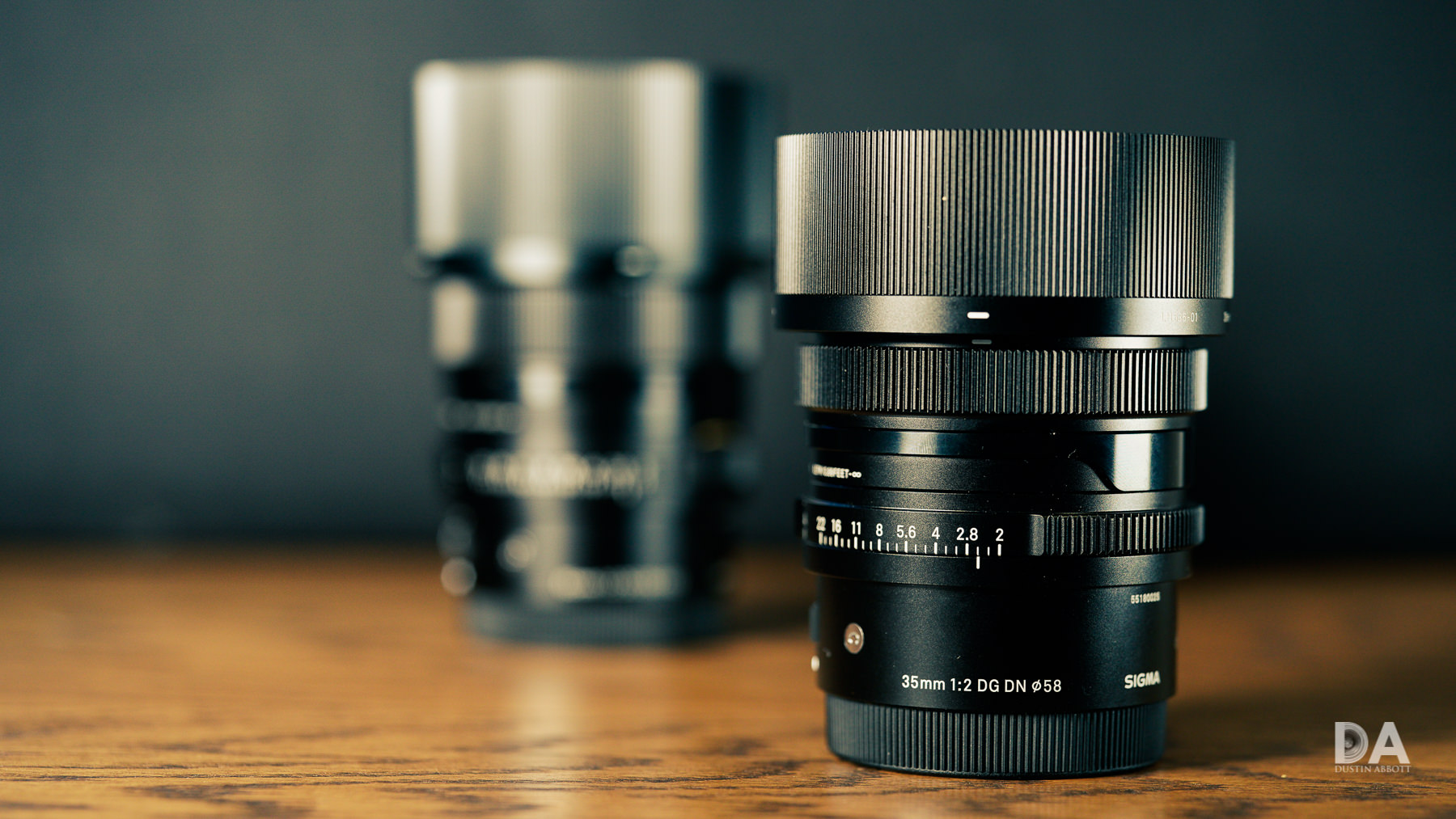


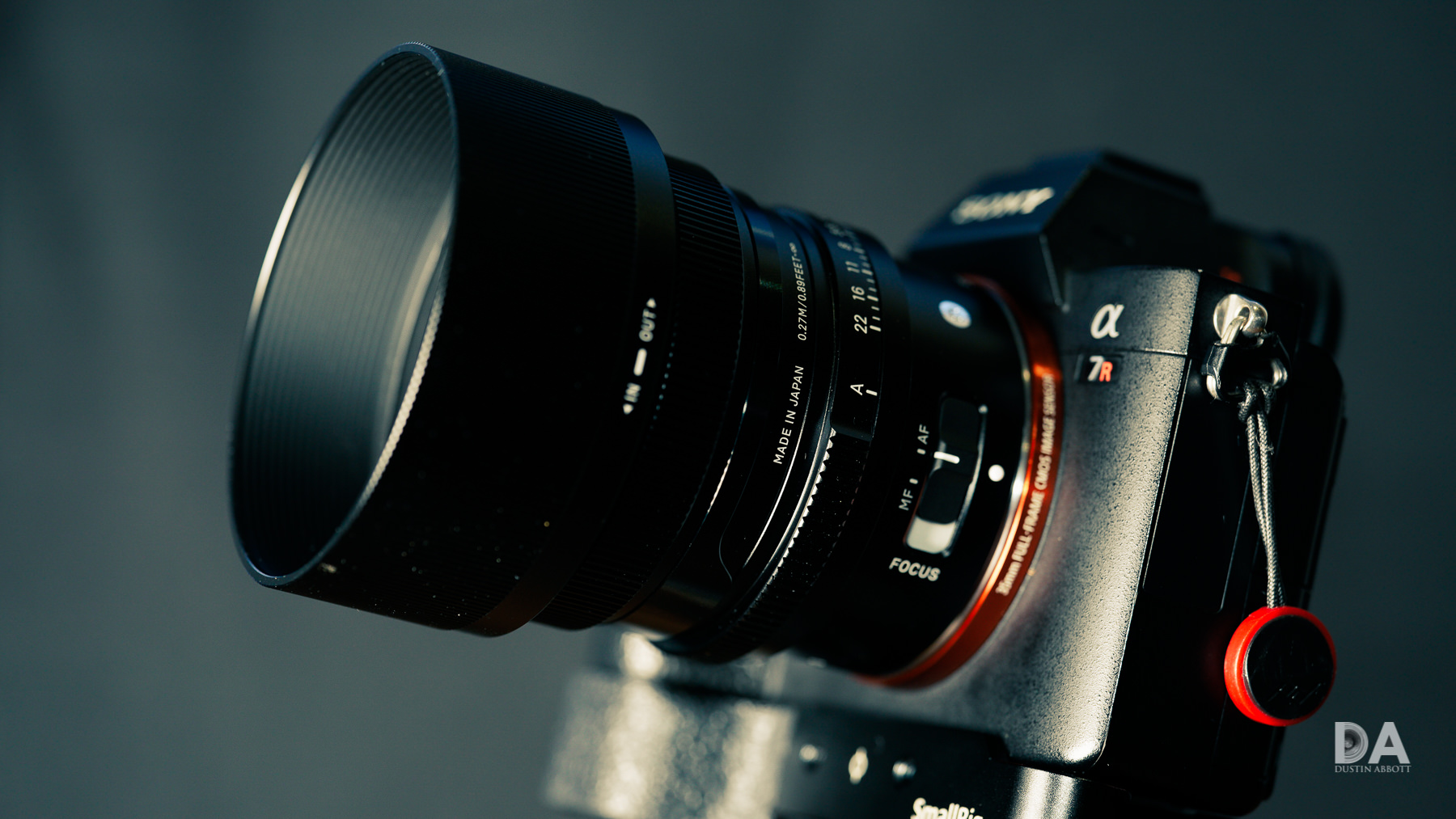
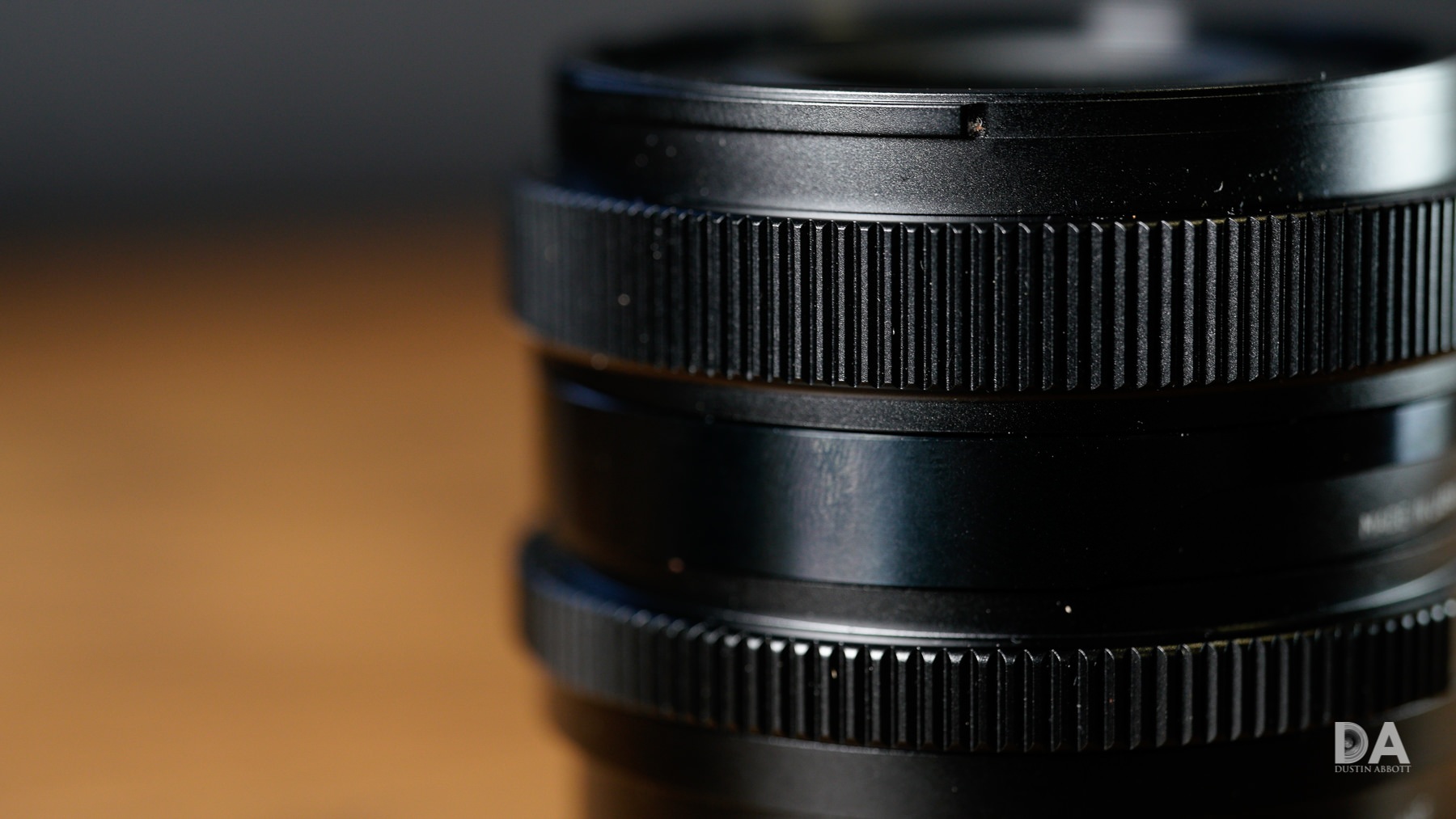
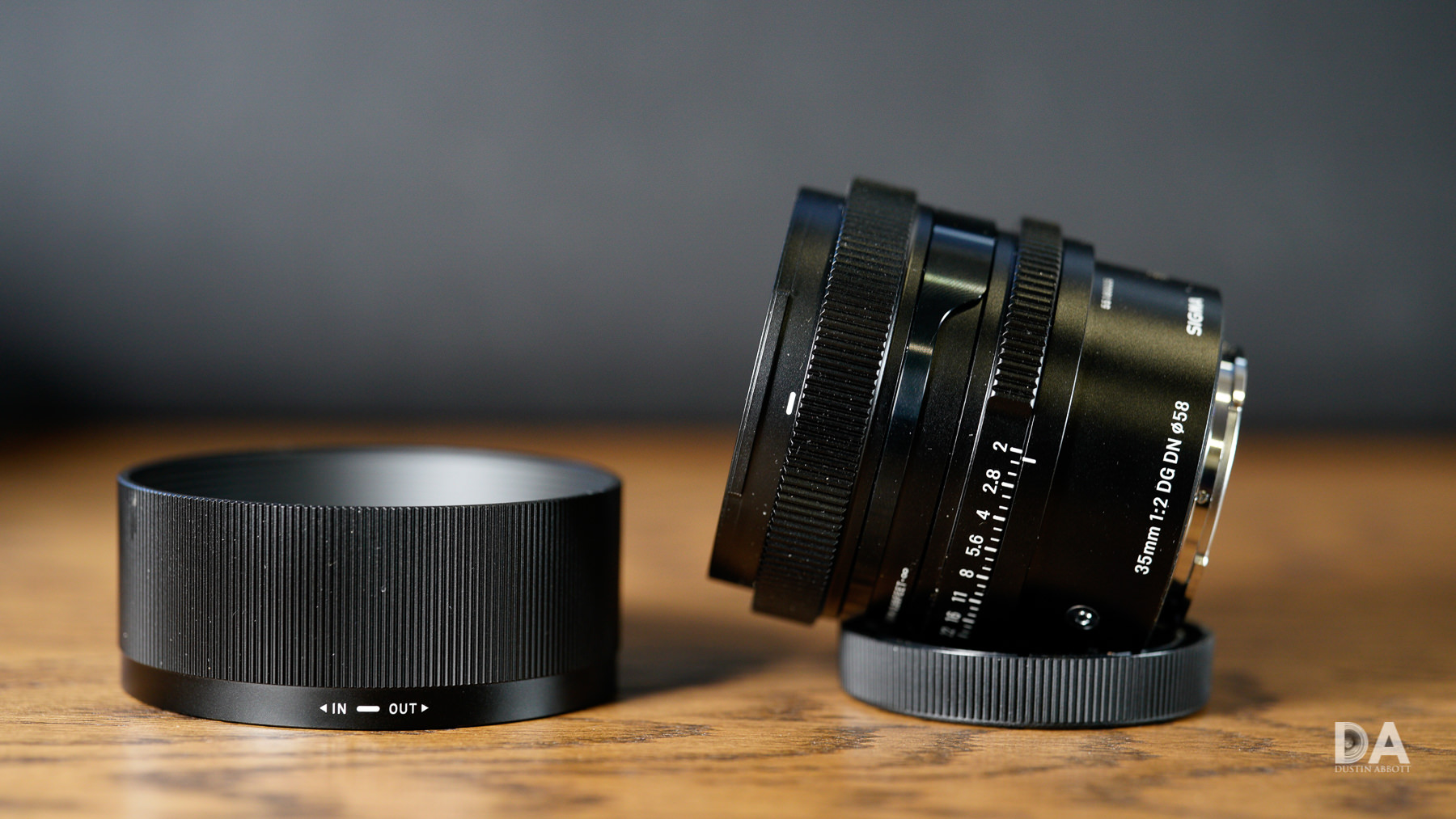
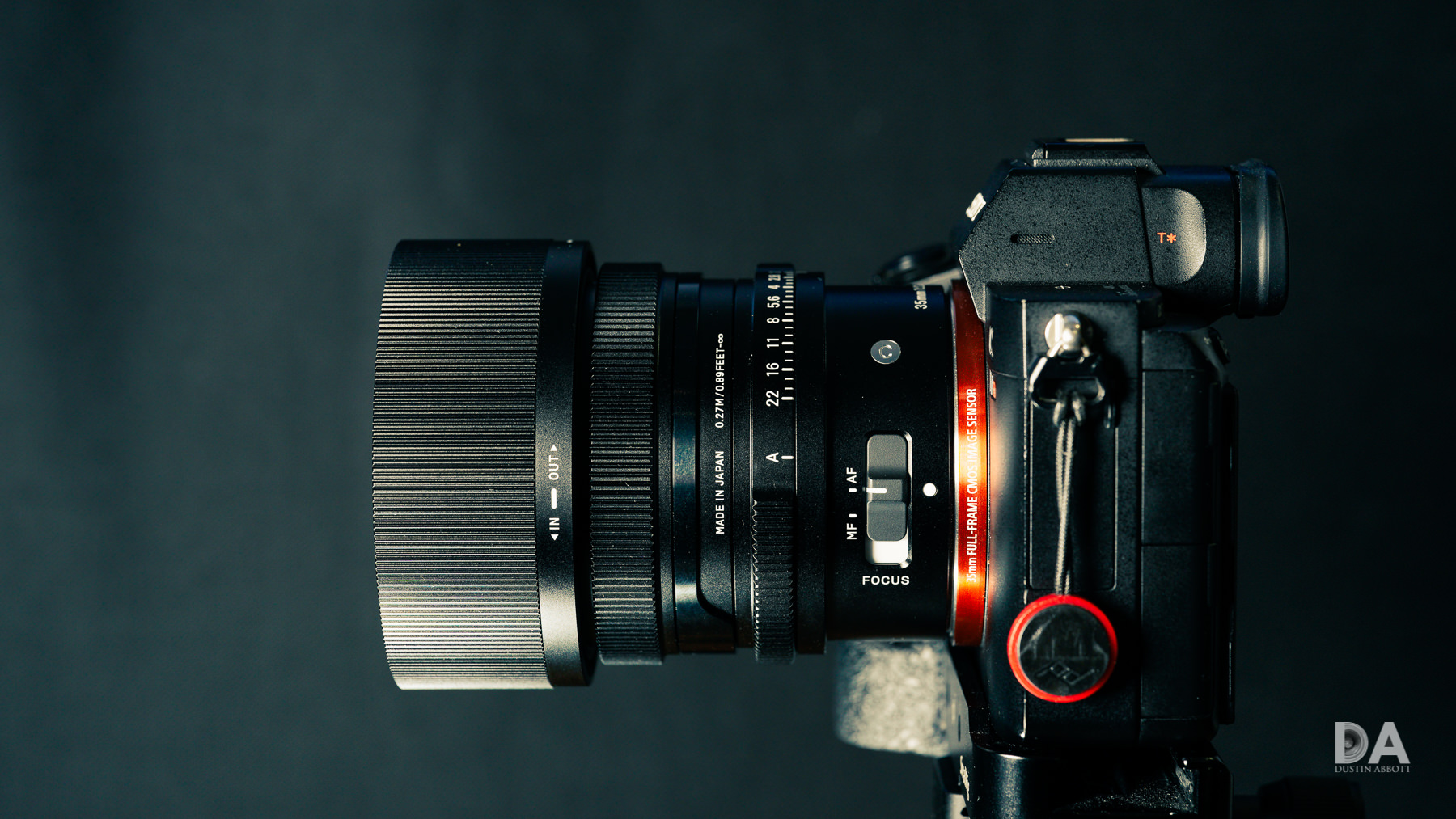
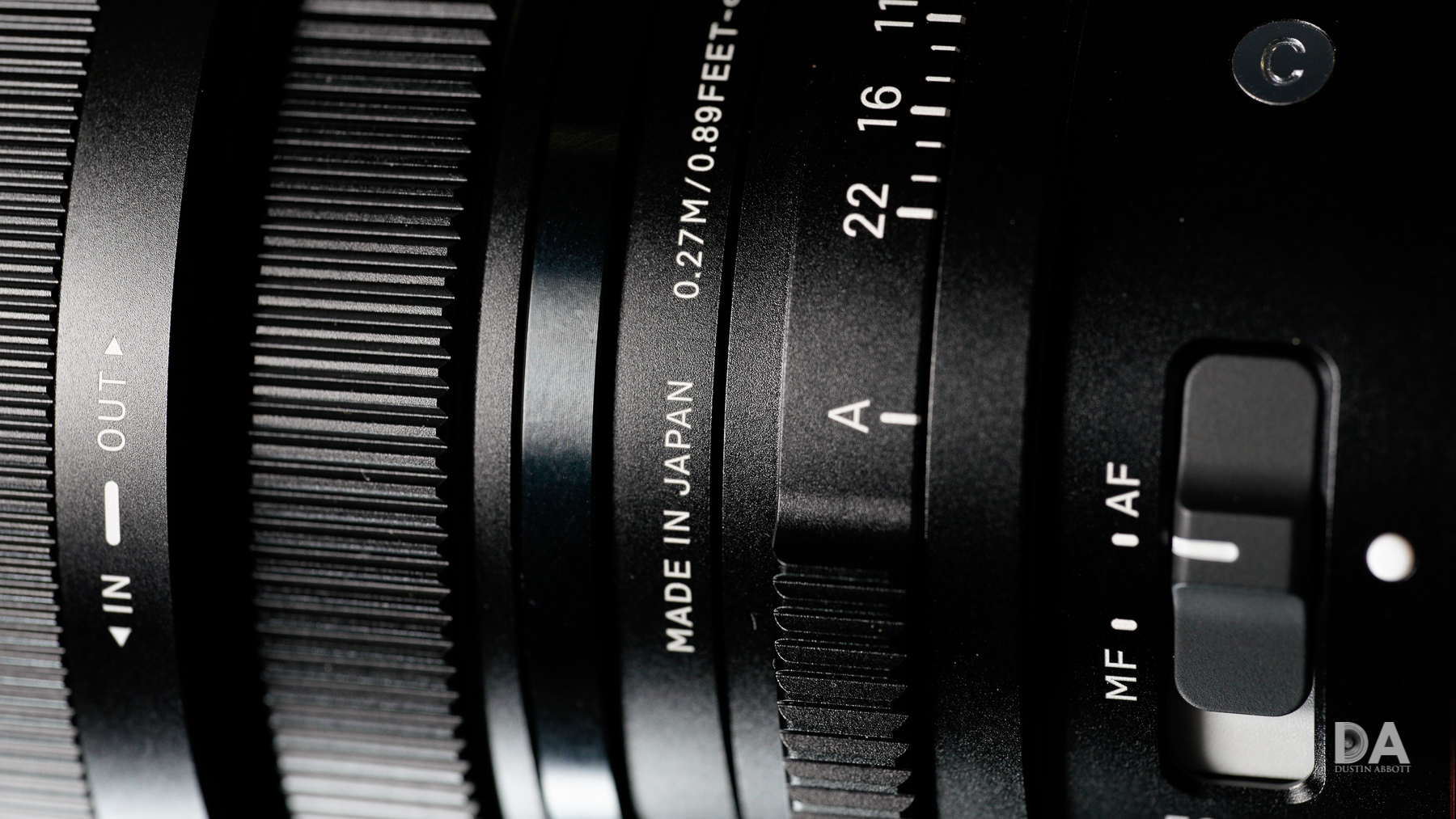
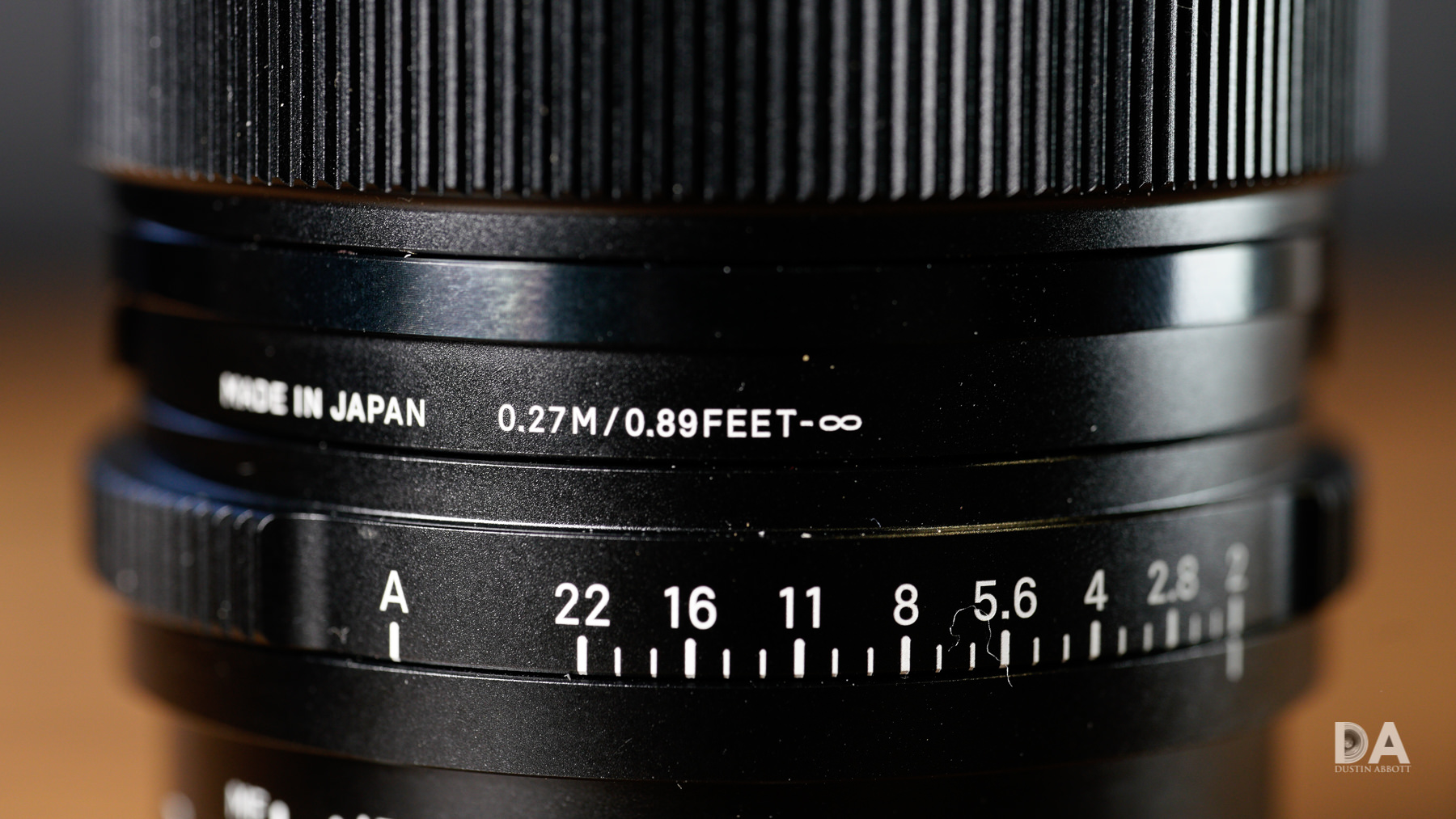

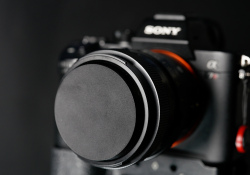
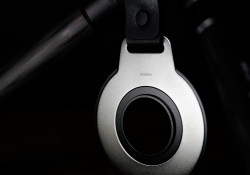
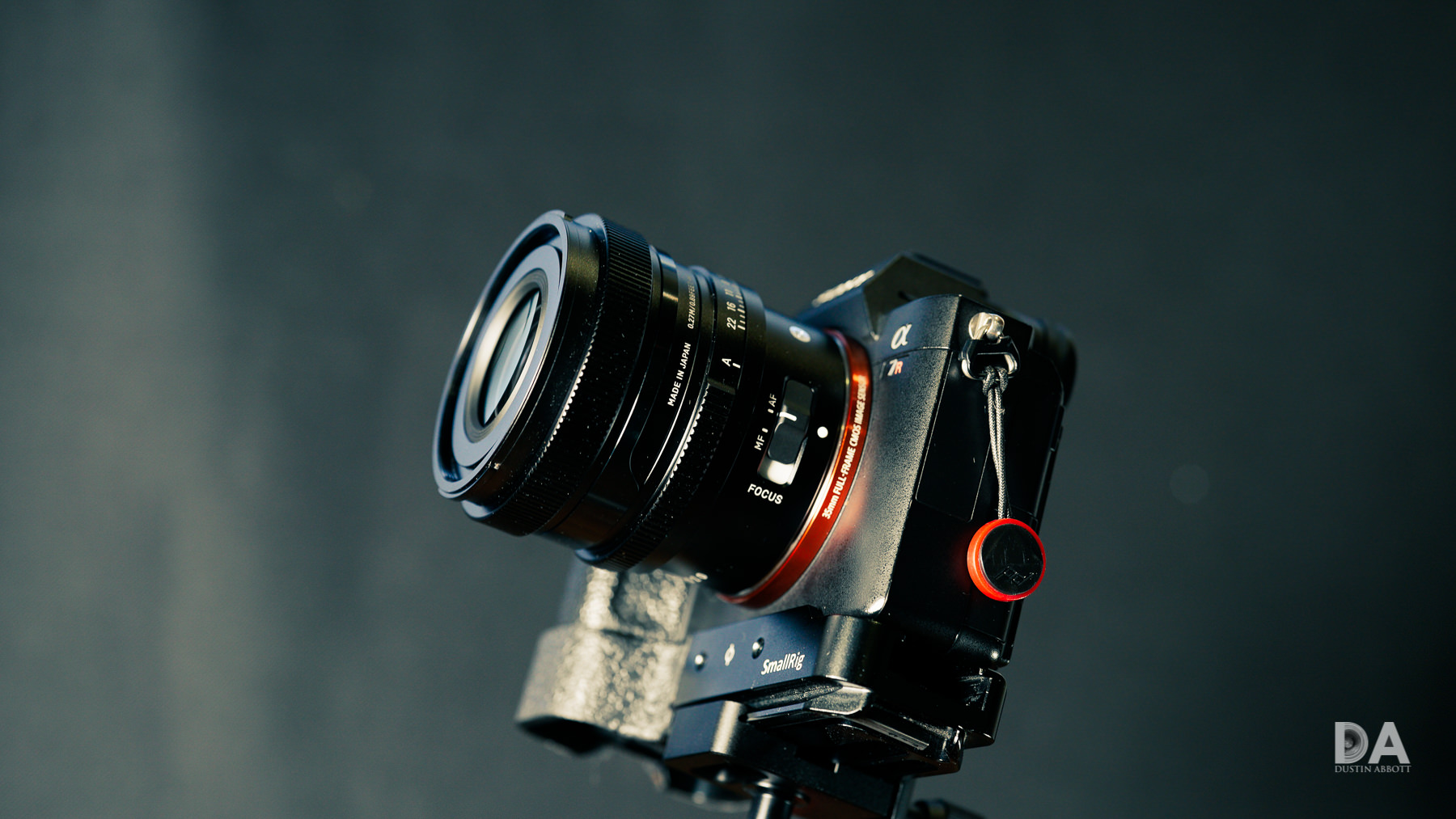
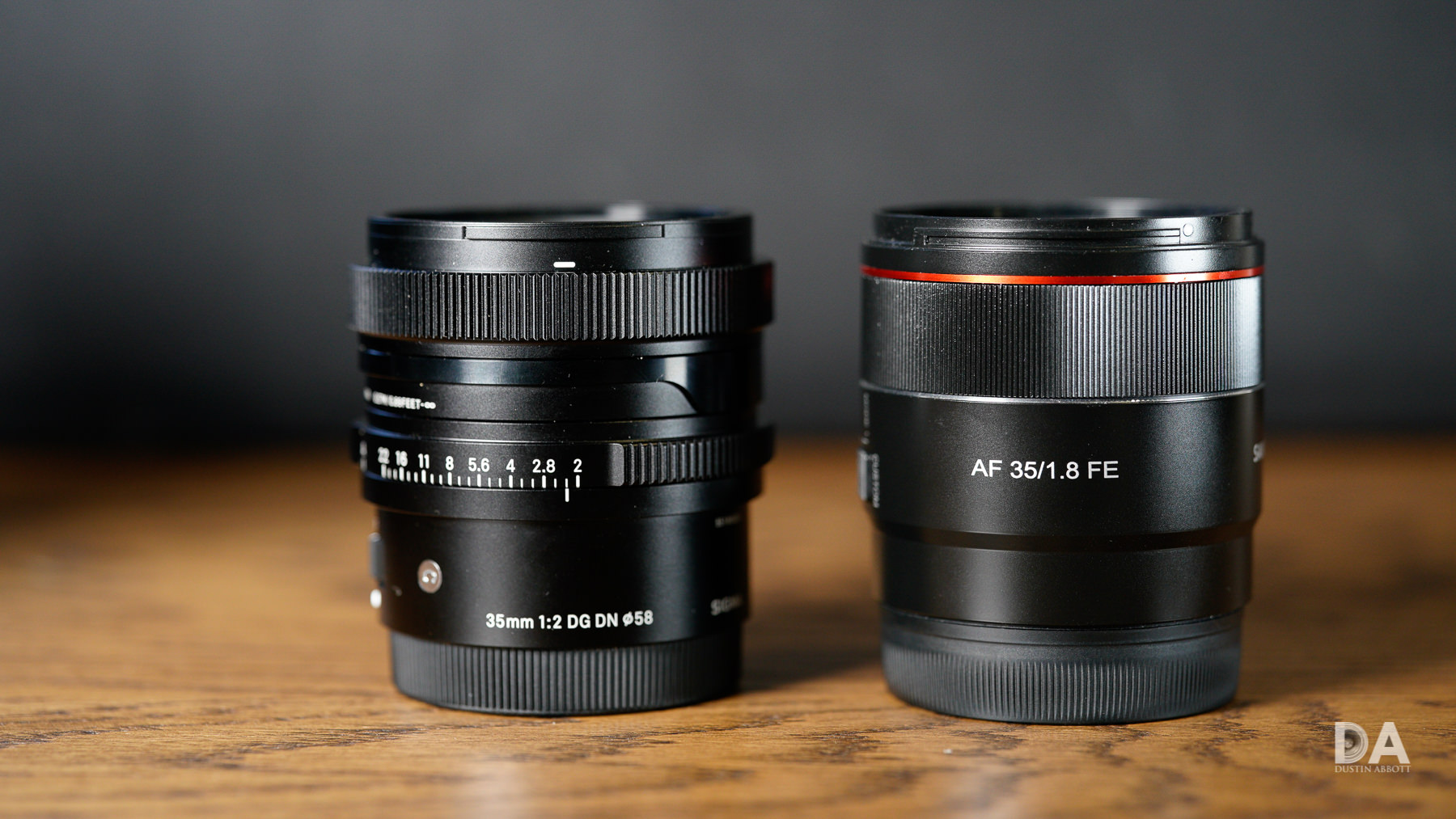

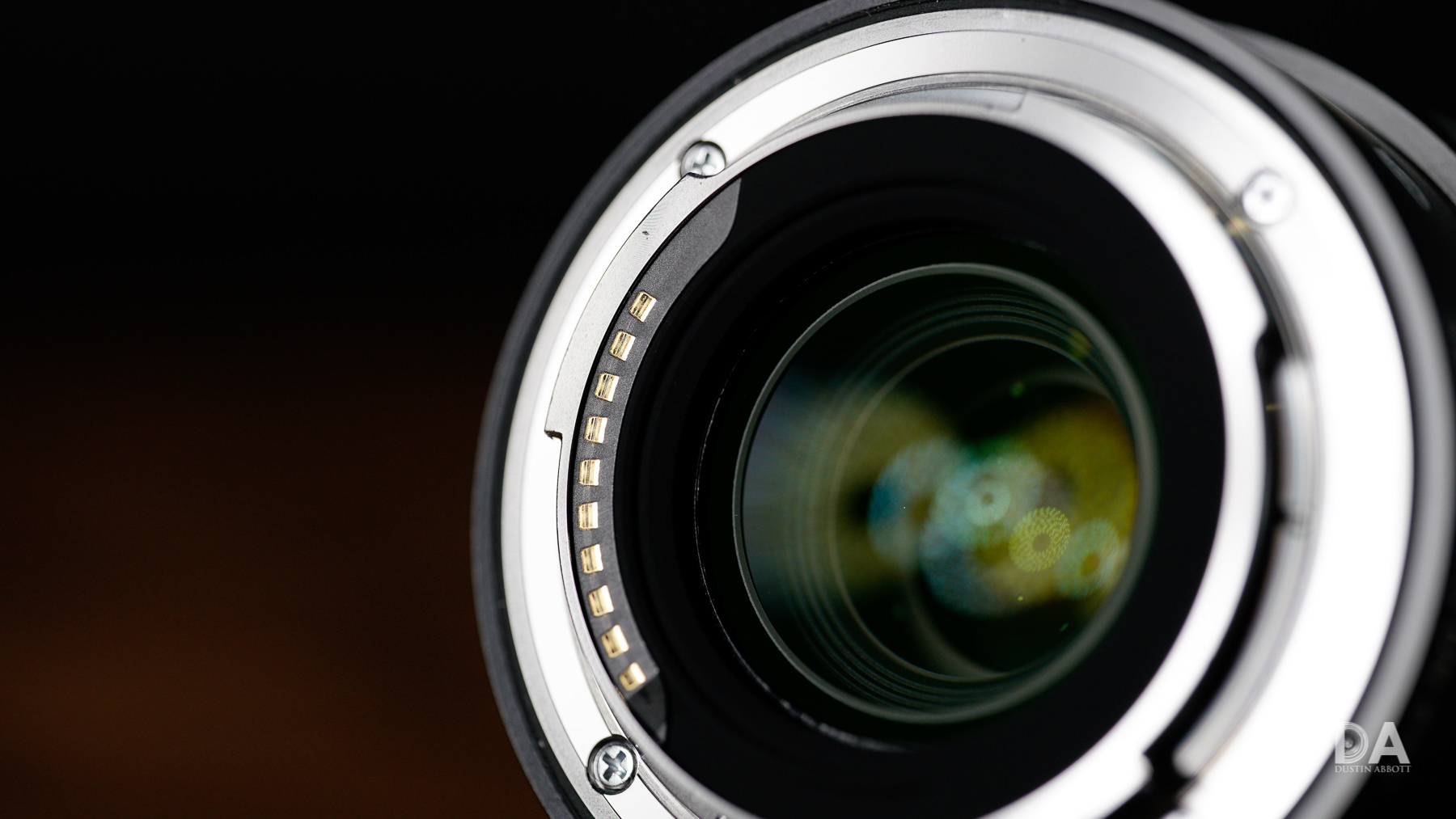






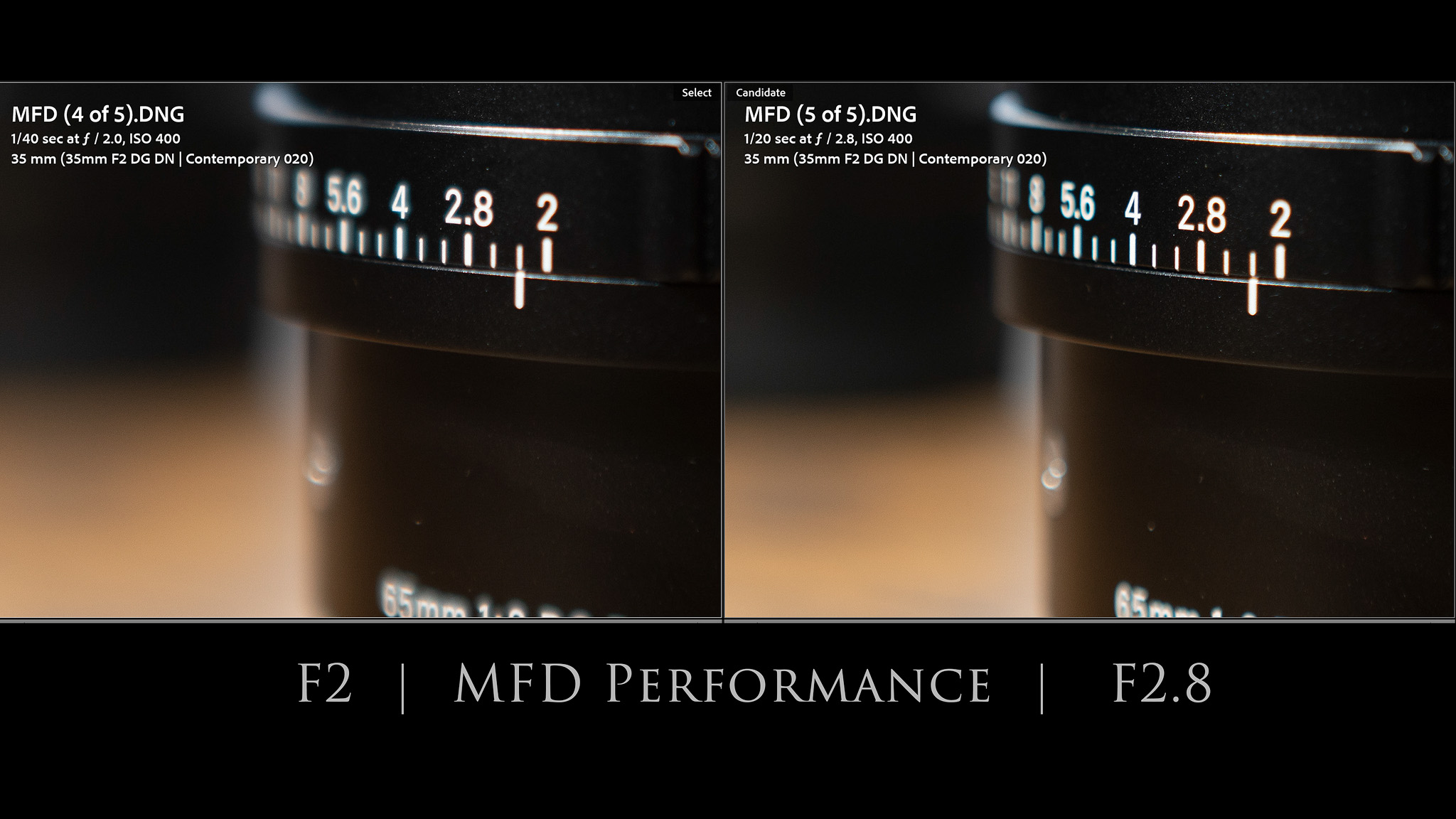








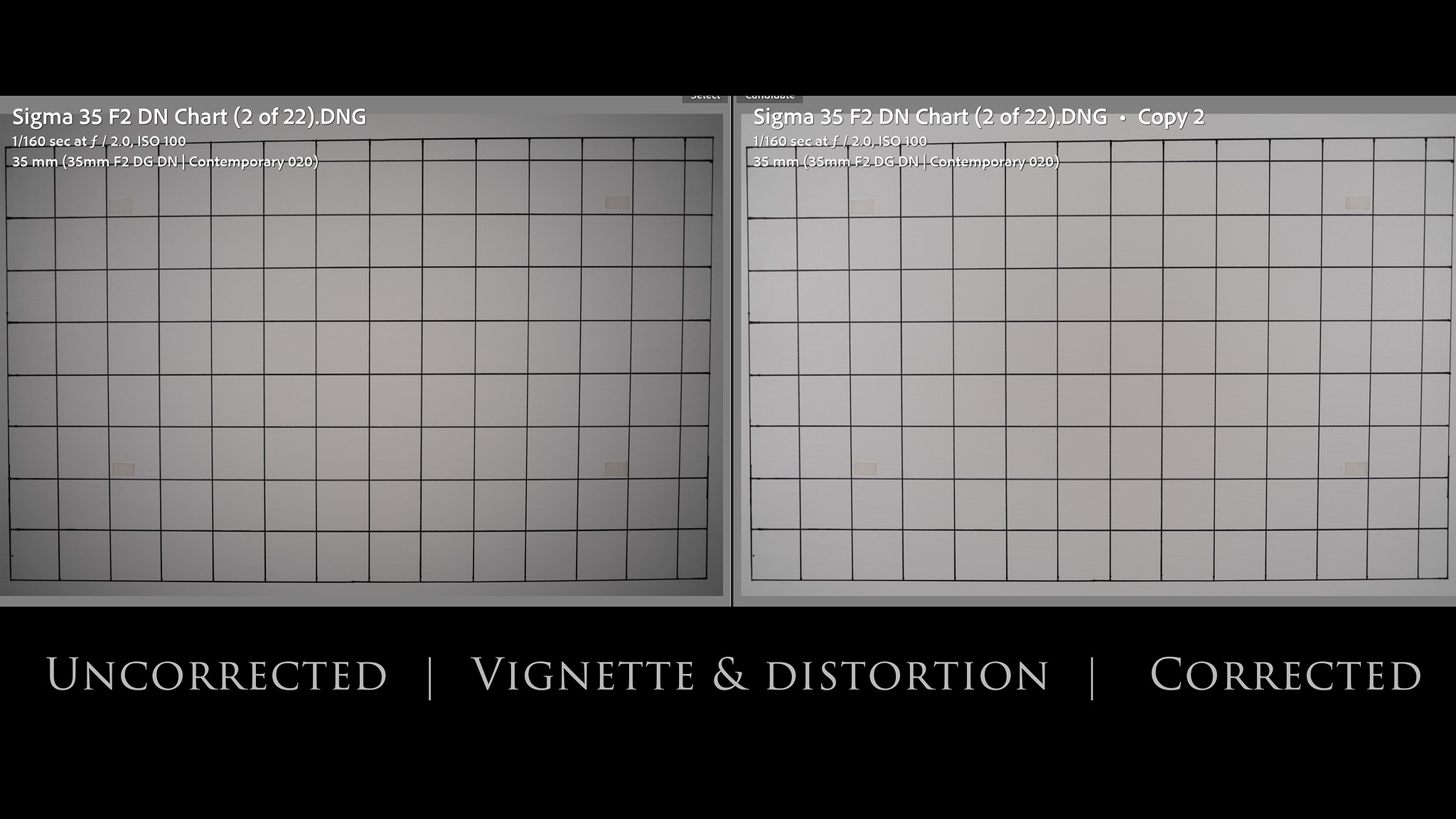






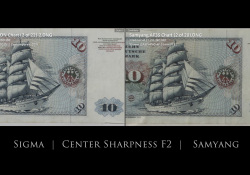
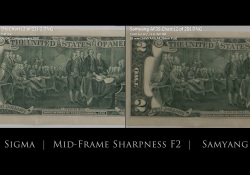
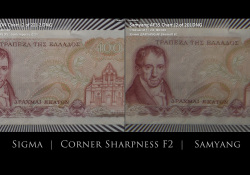




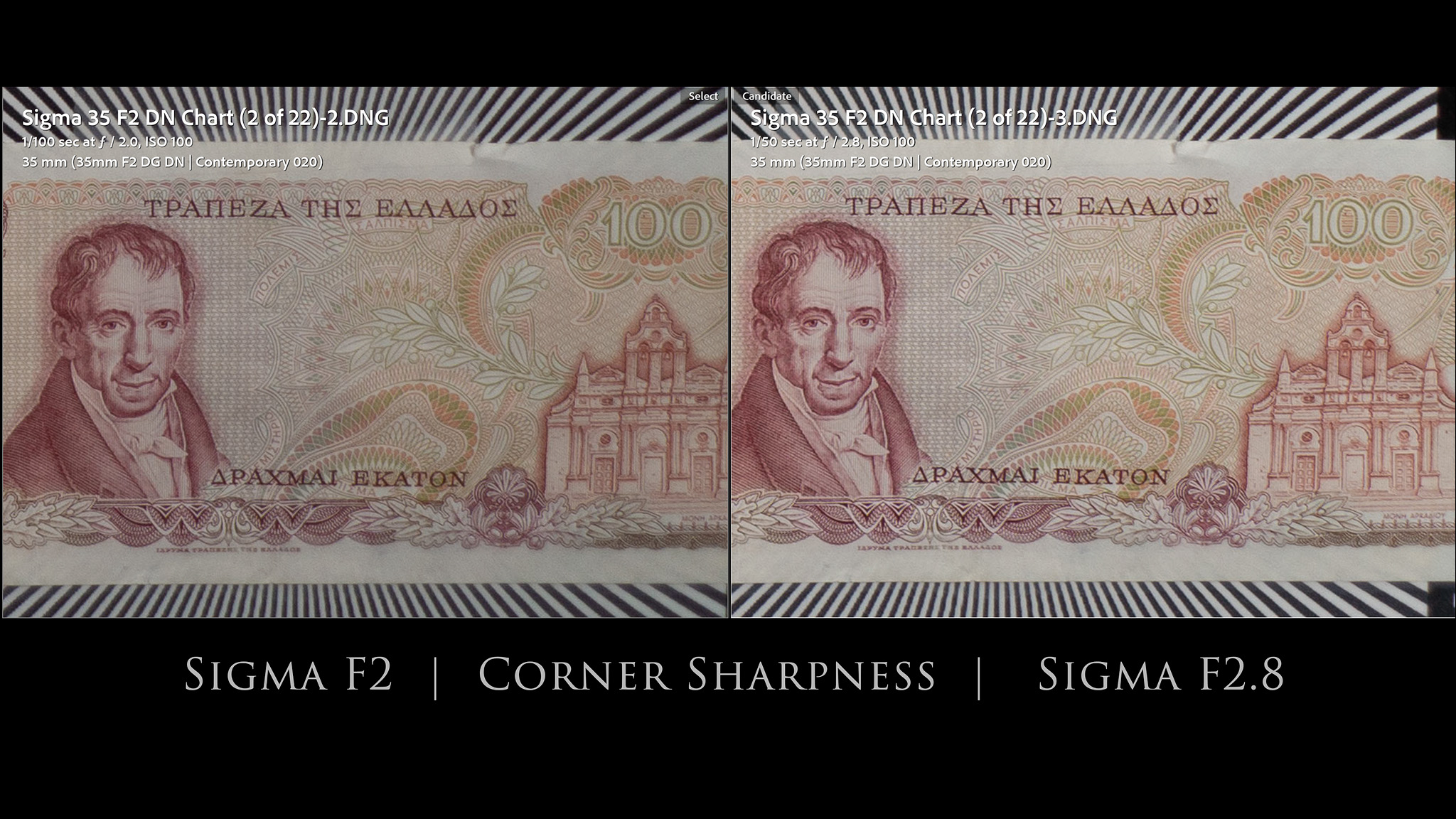
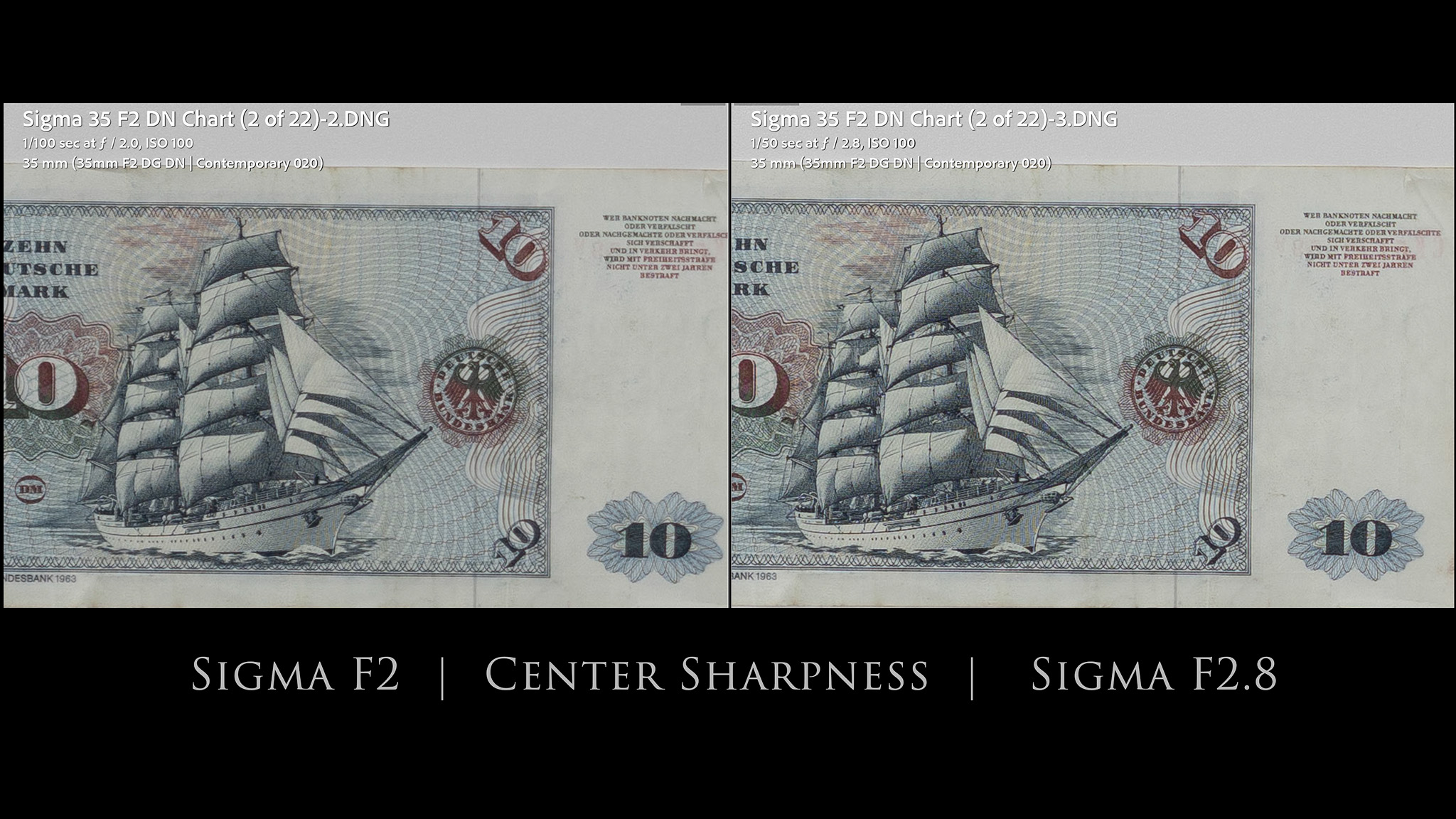
























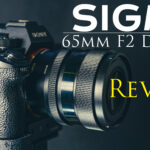




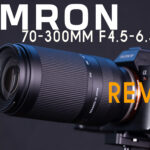

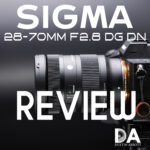

[…] Sigma 35mm F2 […]